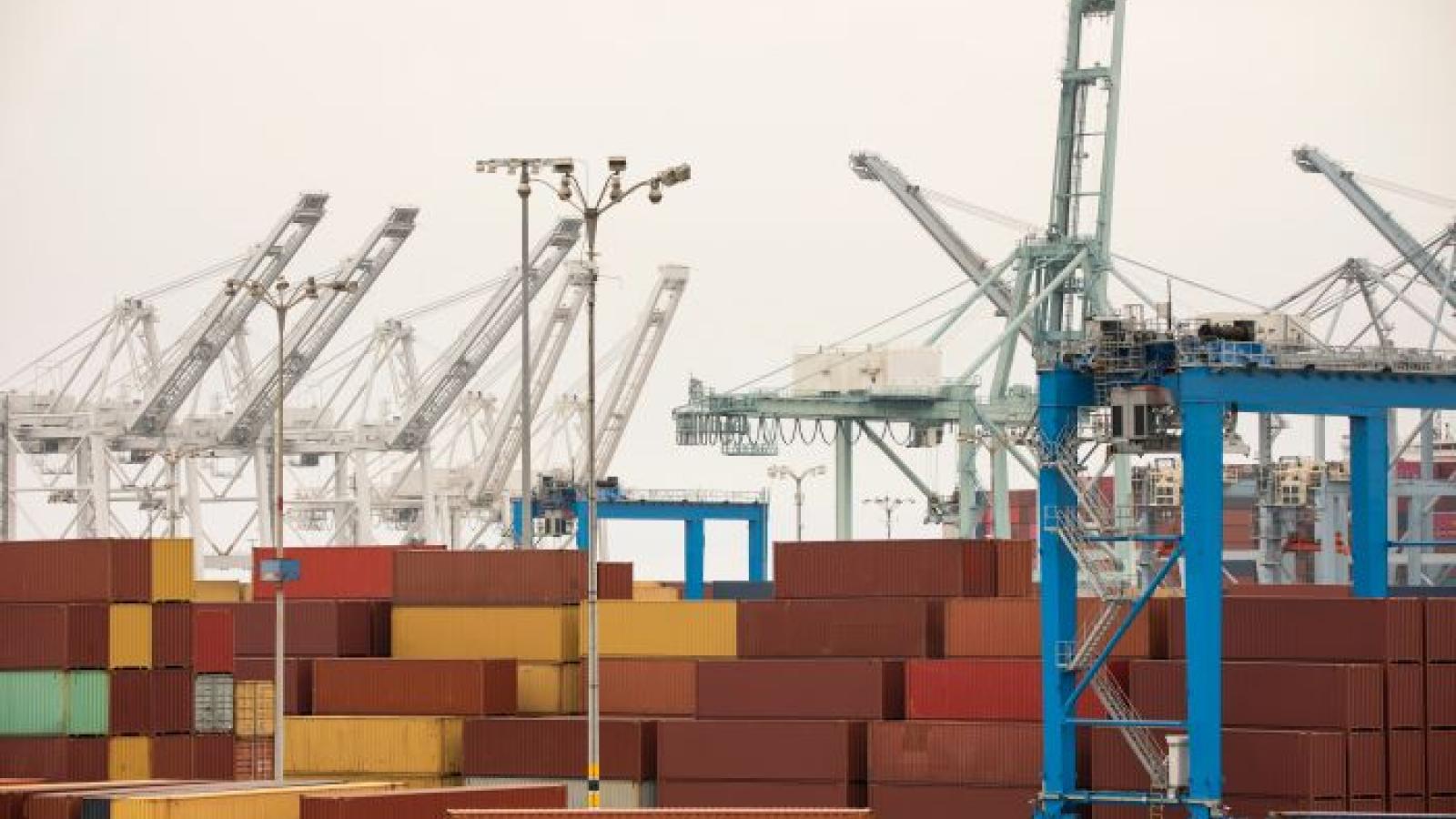
Time:2023-06-20 Source:Original website Popularity:1117
As US retail sales continue to slow in the first half of 2023, import volumes remain on track for double-digit declines from a year earlier. However, some port stakeholders show increasing confidence in those declines narrowing into the second half of the year.
Total US imports hit 2.07 million TEUs in May, according to data from PIERS, a sister company of the Journal of Commerce within S&P Global. Although it was the highest total import volume so far in 2023, the May number was still down 20.4% from the same month in 2022, joining a string of year-on-year double-digit declines since last November.
Imports from China, the US’ third-largest trading partner, once again paced the declines. PIERS data shows that imports from China fell 20% year on year in May to 825,728 TEUs. Even with the decline, May showed the highest level of Chinese imports since September 2022.
Including China, Asia imports to the US were down 22.1% year on year to 1.38 million TEUs, PIERS data shows.
The latest import figures come as the US Census Bureau reported Thursday that its advance estimate for retail sales shows scant 0.7% year-on-year growth in May, the second-lowest rate of growth for 2023. That follows a similarly weak April, which showed retail sales growth of 0.2% from a year earlier, lowest so far in 2023.
The slowdown in sales meant that US companies were barely able to make a dent in inventories. April manufacturers and trade inventories were up 5.2% from a year earlier, the Census Bureau said. The inventories-to-sales ratio also climbed to 1.4 in April, up from a 1.31 reading in April 2022.

The import declines through the year have been mostly evenly distributed across major US gateways. In the first five months of 2023, Asia imports though the ports of Los Angeles and Long Beach have declined 32% and 25%, respectively, over the same period in 2022, PIERS data shows.
Also on the West Coast, the ports of Seattle and Tacoma saw a drop of 33.3% in the first five months of 2023. Ocean carriers have particularly targeted weekly services to the Pacific Northwest for cuts and blank sailings due to the weak demand.
Despite some cargo diversions from the West Coast over concerns about labor unrest, East Coast ports have not fared much better. The two largest East Coast gateways, the ports of New York-New Jersey and Savannah, saw Asia cargo imports decline 30.8% and 26.1%, respectively, in the first five months of 2023 versus a year earlier.
Only Houston has shown a more modest decline among top US ports, with its Asia import volumes declining 6.1% in the first five months of 2023 from the year earlier.
The latest data from PIERS dovetails with projections from the National Retail Federation’s (NRF’s) Global Port Tracker, which released a preliminary estimate of May import volumes falling 23% from a year ago.
The NRF, though, does expect that year-on-year gap to start closing — to 15% in June before narrowing to single-digit volume declines in the third quarter.
Gene Seroka, executive director of the Port of Los Angeles, echoed that outlook at a Tuesday cargo briefing. Seroka said the port is “poised for a stronger back half of the year” once a West Coast labor deal is reached, which occurred late Wednesday.
The port’s most recent forecast for its 2023-24 fiscal year that starts in July shows that total volumes will reach 9 million TEUs, up 5% over the current fiscal year.
“We’re seeing an uptick in ships bound for Los Angeles, which is an encouraging sign,” Seroka said. “The increase in trans-Pacific vessels tells me that seasonal product flow is picking up.”
Source from JOC.com/by Michael Angell